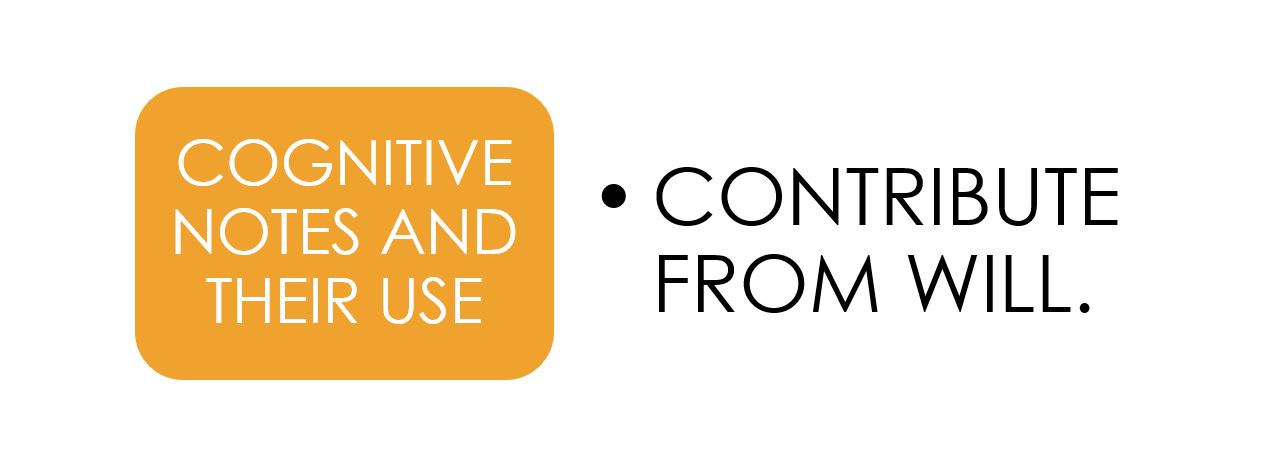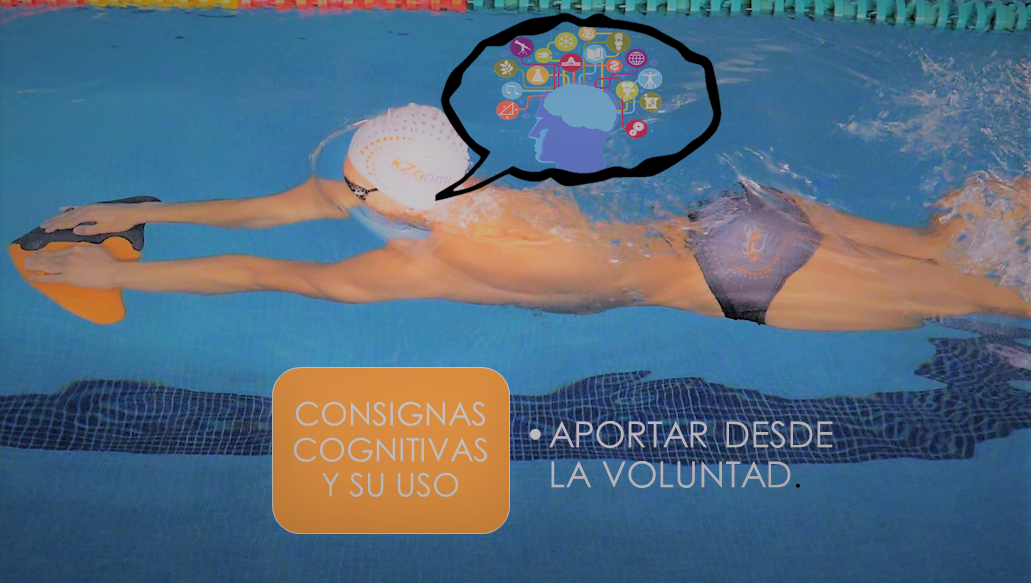Most common mistakes
 Once we have clearly analyzed which positions are more common and the reasons for their appearance, we will move on to the tools necessary for their reeducation, which will be more or less complex, depending on the subject in which we want to intervene. Personal differences in anthropometry, body composition and their distribution, joint or muscle laxity or stiffness, including neural capacity to interpret and respond to their motor acts, will be variables that we must know, master or control in order to benefit our objective, which will have personal nuances in order to take our athletes to their best version. Relevance that thought and will can have in movements direction is another tool to be considered in the system we are using.
Once we have clearly analyzed which positions are more common and the reasons for their appearance, we will move on to the tools necessary for their reeducation, which will be more or less complex, depending on the subject in which we want to intervene. Personal differences in anthropometry, body composition and their distribution, joint or muscle laxity or stiffness, including neural capacity to interpret and respond to their motor acts, will be variables that we must know, master or control in order to benefit our objective, which will have personal nuances in order to take our athletes to their best version. Relevance that thought and will can have in movements direction is another tool to be considered in the system we are using.
Processing of external information from the physical to the neural is characteristic of the Sensorial Nervous System, and from the neural to physical, of the Motor Nervous System. All of this, necessary to technically learn how to swim with the least possible mistakes, entails mechanisms that we must know and control, so that the answers are more consistent with the objectives we seek. Maintaining postures in the water to support us and move needs an exquisite sensibility and control of proprioception. Therefore, the inappropriate postures that we will analyze next are common, since our nervous system and mind act similarly. Visualization of a motor act without its execution activates the Supplementary Motor Bark and could be another tool to consolidate and clarify the motor response. The image that each of us composes of our movement responses, paradoxically has many similarities and, at the same time, great differences, due to the factors we subjectively ponder, including the Metaprograms or previous memories that have been forged over the years.
Ideomotor training has special importance in our training process. In order to be able to use it properly, we need to know why it is given and how we can use it. If we want that our swimmers understand that the actions coming out of our power system, our body and its segments, are moving inside an environment we are not prepared for and that we must pass through in addition to support ourselves, and that many times it will not help us, it can awaken and grow this psychological visualization quality. Imagine the right gesture and then try to execute it, it can lead us to make mistakes. The response we give from the mind to the motor action, has a subjective distortion that depends on the athlete. During dynamic execution and in breaks that, according to our methodology, are based on ventilations, can and should be used, closing the sensory endings and internalizing in our mind through the Prefrontal Cortex and Supplementary Motor, with the help of the Basal Ganglia responsible for complex voluntary movements. If while we renew the gas balance of our blood, we close our eyes, spend much of the exhalation under water, without interference from partners or noise from the pool and visualizing the gesture to be made with the adaptations that our coach indicates, we will be an environment conducive to take this strategy, the greatest of its benefits.
In the styles, and in crawl in particular, we must take into account two basic learnings that should behave in synergy. On the one hand, there is maintenance of base position. On the other, propulsive coordination. Both are behaviors that run through different nerve pathways and respond differently, although they can be handled at will with some limitations.
Our Motor Nervous System plans, coordinates and executes the movements, but the answers are different in each subject. The body image in swimming depends on the imagination, distorted by many external factors and added to those of the athlete. For that reason, executions are far from what we think we do. Acquisition process must contemplate neural information deviations we have previously analyzed and that pull certain joints without even realizing it, leading us to a gestural attitude different from the one we are looking for and very personal. Limitations that can be presented by each swimmer and the idealization of our subjective perception, should be interpreted, and coaches, with the different communication channels at their disposal, should create the desired path of movement, using "deception" with the help of proactive materials that support their achievement.
Reflex movements are very complex to control and are modulated by stimulus that provokes them, but voluntary movements, with the help of the Sensory Cortex, can direct themselves with much less difficulty and consolidate them as automatic. Stereotyped execution of swimming movements require repetition for their automation, but this can become stable, both deviated from the objective and close to it. Even in swimmers with a high technical level, not being adequately fed every day, will gradually lose their approach to excellence. Swimming could be categorized within rhythmic motor movements, analogous to those executed on land.
... We will continue in the next post.
J. Bonal Pedrón




